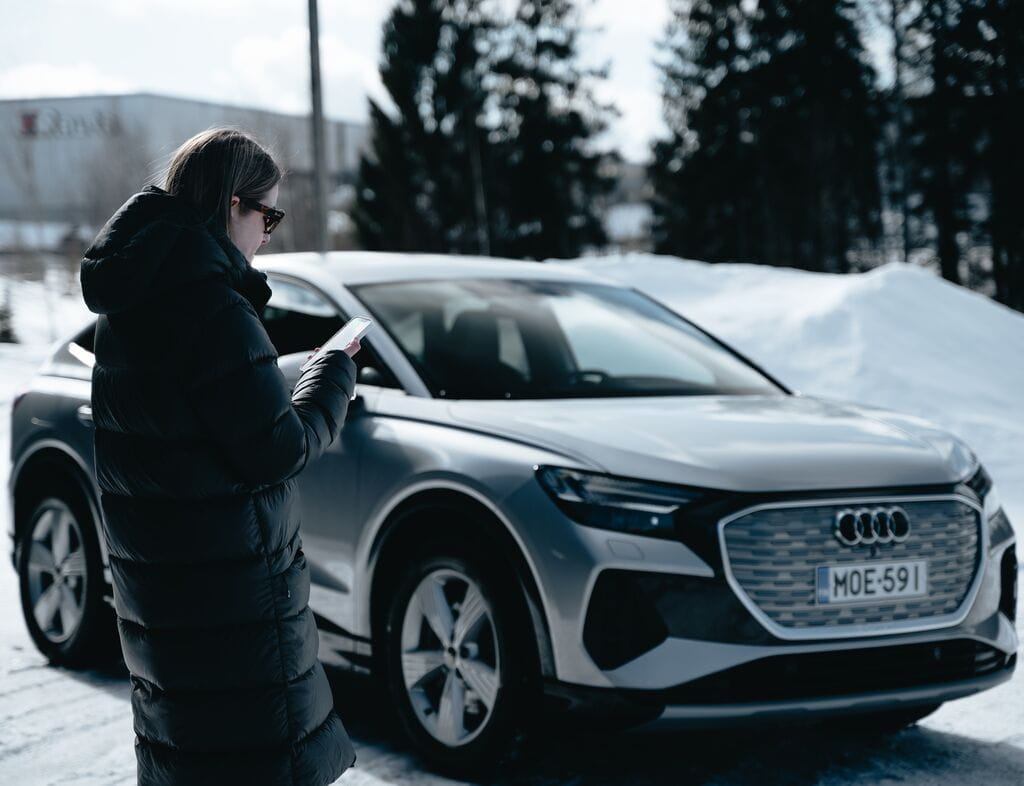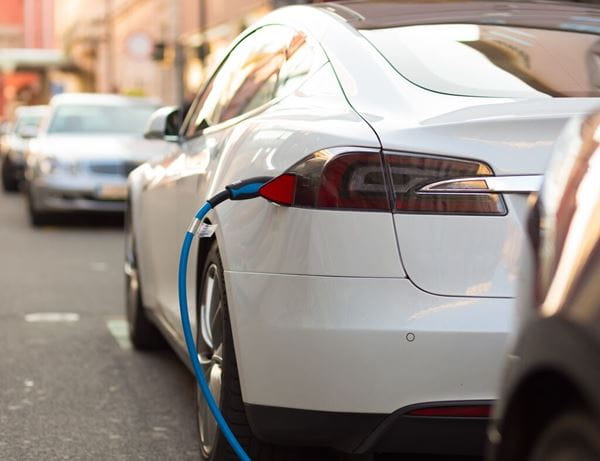
Staying Safe On The Roads This Winter
No matter how experienced you are behind the wheel, driving during the winter months brings with it some unique challenges.
In a single journey you can face blinding sunlight, falling snow, sudden ice patches and flooded roads. Sadly, too many drivers either fail to take the right precautions or are caught out by sudden changes in the weather.
So as the temperatures begin to fall, what can you do to stay safe and ensure other road users are kept safe on the roads?
The first, and most obvious step is to always check the weather forecast before you set out. Whilst this might seem a case of stating the obvious, research suggests that up to half of us simply venture out whatever the forecast says.
Remember, no trip is so vital that it is worth taking unnecessary risks for. Being prepared for winter includes being prepared to change your plans if severe weather is expected.
And, if you do decide to drive, always remember your COAST skills:
Concentration - Driving requires your full attention at all times. Hands-free phone calls, programming the sat nav should, and eating should all be done before or after your journey!
Observation – Check, check and check again before making any manoeuvre – especially when visibility is poor.
Anticipation – Expect the unexpected and try to look as far ahead as possible. A precautionary step is always safer than an evasive one.
Space – Allow plenty of space and time to brake gently and remember that other road users may suddenly skid or change course.
Time – Allow extra time for your journey and be prepared to take an alternative route if necessary.
Never just jump in your vehicle and start driving - take time to check the following key things:
Battery – During winter your battery needs to work much harder, as windscreen wipers, fog lights and heating all get extra use, so ensure it is regularly serviced. For EV drivers, battery health is even more important so ensure that you set off with sufficient charge and be prepared for slightly longer charging times en route.
Tyres – Make sure there is at least 2mm tread depth and that the tyres are properly inflated. If your vehicle has low profile tyres, be extra cautious before setting out in snow or ice. EV drivers need to pay extra attention to tyre pressure as under inflated tyres can cause reduced efficiency.
Cooling Systems – Add anti-freeze into your cooling system, but remember to check the instructions and make sure the right strength of formula is being used.
Wipers & Washers – Use high strength screen wash and replace damaged or faulty wiper blades. During winter you will use more screenwash than usual, so it’s worth topping up before you set off on a long journey.
Defrosting – Never be tempted to use warm or hot water to clear a frosted windscreen. The ‘shock’ factor of hot water to cold glass will weaken it (even if not immediately apparent!) However, you should always ensure you have cleared the full screen - not just enough to peer through and you must wait with your vehicle while it’s defrosting. EV drivers have an advantage here - make the most of pre-heat functionality via an app or in car schedule to help warm the cabin.
Lights and sensors – Check that your lights are fully working (including fog lights) and that sensors, such as parking sensors, reversing cameras, as well as lights and number plates are clear of any dirt or obstruction.
Roofs and windows – Make sure that your roof and windows are completely clear of snow and ice before attempting to drive even the shortest of distances. If you notice any chips on the glass, these should be repaired as soon as possible as cold weather can quickly cause them to crack and spread.
Kit to keep in your vehicle this winter
During the winter, breakdown services are busier than at any other time, and it may take them longer to get to you. And for the safety of vulnerable road users, roadside recovery will be prioritised over home recovery.
With this in mind, it is important to make sure that you have some warm clothing, blankets and some basic nourishment to keep you going.
You should also keep a safety pack in your vehicle containing:
- High visibility jacket
- Torch
- Warning triangle
- Serviceable spare tyre
- First aid kit
- De-icer and screen wash
- Jump leads
- Sunglasses (for winter sunshine)
If the conditions are more extreme, it is also worth taking boots or shoes with a strong grip, as well as a piece of carpet or a mat which can be placed under your tyres to create the necessary traction to get your vehicle moving again.
Driving in challenging conditions
One of the most challenging environments to drive in is when snow and ice are present. Even highly experienced drivers can get caught out as their vehicle suddenly stops responding in a predictable manner and visibility becomes very difficult. It’s important to stay alert in these conditions and to remember that even if you feel in complete control of your vehicle, other drivers may not be. Here’s a few tips to help you on your way:
- Take your time and avoid high revs, but don’t drive so slowly that you risk losing momentum and becoming stranded.
- If you do get into a skid, take your feet off the pedals and steer the vehicle to safety.
- Only use your brakes when it is not possible to steer your way out of trouble.
- Triple the normal braking distance and allow enough space that you can stop slowly, using a low gear earlier than normal and gently applying the brakes.
- Try and stay on the main roads, as these are more likely to have been gritted and cleared by a steady flow of traffic.
- When setting off, using a higher gear will give you more control over the vehicle and in slippery conditions avoid using first gear if at all possible.
- When the snow falls, use dipped headlights or fog lights, but remember to turn them off when conditions improve.
- Be on the lookout for potholes, as they are more likely to appear following a freeze and can cause damage to your vehicle, as well as a temporary loss of control.
Under most circumstances you should stay with your vehicle and wait for help to arrive. If you do need to abandon your vehicle make sure it is clearly visible to other drivers and is not causing an obstruction. Then, before leaving the area, notify the local police and give them the exact location and a telephone number where they can reach you.
Whilst snow and ice can present particular difficulties, they’re not the only hazard to watch out for this winter.
Fog
Fog can quickly appear causing a sudden loss of visibility. If this happens, it’s important to slow down but don’t just slam on the brakes as this could cause a collision. Gradually reduce your speed and keep your distance and use fog or dipped headlights until conditions improve.
Flood
During the winter months and into spring, flood waters can appear as a result of heavy rain or melting snow. Wherever possible avoid driving directly through the deepest water which is normally near the kerb. Take your time, avoid sudden acceleration and test your brakes a few times before you increase your speed again.

.jpg?rev=3adbd558867c4d92bf9f22752f12a09c&mw=600)

